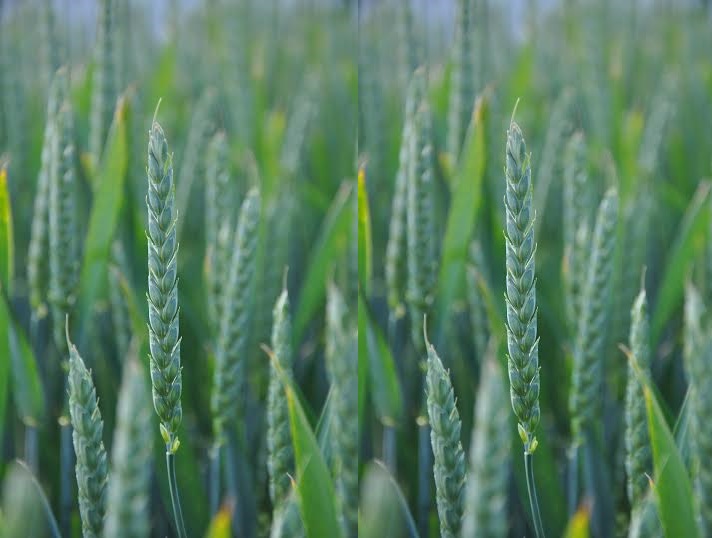
A breakthrough, new winter feed wheat variety that combines high yield with robust resistance to one of the UK’s foremost wheat diseases is being launched to growers for planting this autumn.
Graham, the new hard Group 4 winter feed wheat from Syngenta, boasts a UK treated yield of 104% of control varieties on the AHDB Recommended List for 2016/17 – equivalent to 10.8 t/ha, says Syngenta technical crop expert, Kathryn Hearn.
That rises to 107% for the West region – where it has the highest treated yield figure of any winter wheat variety listed, she adds.
But significantly, Graham also combines its yield with a 7 rating for resistance to the key disease of Septoria tritici – the highest of any Group 4 winter wheat variety on the 2016/17 AHDB Recommended List, Ms Hearn points out.
"Clearly, yield is important when selecting a feed wheat," says Ms Hearn.
"But what is also important, especially with low grain prices, is that growers are able to obtain that yield in a reliable manner, in order to manage their risk.
"Septoria tritici, for example, has become increasingly difficult to control – following shifts in its sensitivity to traditional triazole fungicide chemistry.
"Going forward, the use of an integrated strategy, utilising a variety with good Septoria tritici resistance to underpin fungicides, is set to become an increasingly important approach.
"Graham not only offers stand-out Septoria tritici resistance among Group 4 winter wheats on the AHDB Recommended List, but also has good resistance to other diseases – with 7 or 8 ratings against mildew, rusts and Fusarium ear blight," she adds.
Underlining its resilience, Ms Hearn says Graham also has a high untreated yield of 94%, and it could help growers manage risk in a number of other ways.
Looking at harvest as an example, she says Graham is one of the earlier-ripening Group 4 winter feed wheats on the AHDB Recommended List, and has shown good resistance to lodging.
"Growing a variety with good standing power and early maturity is a key factor for managing risk at harvest.
"With low grain prices, the last thing you want is a lodged crop causing lost yield or quality, or harvest delays.
"Similarly, an early-maturing variety can be safely in-store before the weather starts to close in as harvest gets later.
"It can also spread harvest labour and machinery use when grown as part of a mixture of varieties with different maturity dates.
"For other factors, Graham also has excellent grain quality, including a specific weight of 76.5 kg/hl on the AHDB Recommended List and a high Hagberg falling number of 266.
"All in all, we see Graham as offering a robust new option to help growers manage risk in a number of ways."
From a rotational viewpoint, Ms Hearn says Graham has also produced excellent yield as a first wheat, and was ranked as the number one variety over two years’ of Syngenta trials when drilled in early September, with an average yield of more than 114% of control varieties.
